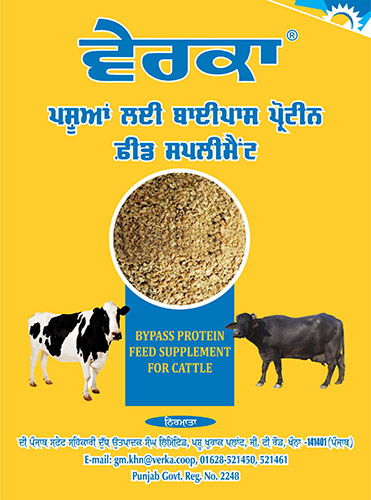Frozen Yoghurt, the New Age Ice–cream

A meal in Indian household is rarely complete without a small bowl of curd that is very similar in form and texture to Yoghurt. Misti doi and shrikhand are popular traditional Indian desserts made by using curdled milk. In recent years, a new variety of curd like dessert, frozen yoghurt or froyo as it is has been nick-named, has emerged as a dessert of choice for many in urban India.
While this dessert has been popular in the west for many years, recently many outlets serving frozen yoghurt have opened up in many cities in India. Froyo parlours of Cocoberry, Yoghurtbay and Pinkberry are becoming as popular as ice-cream parlours in the evening. This is a good time to question if frozen yoghurt as a “dessert” is a healthy option as it is claimed to be?
Let’s find out what exactly is frozen yoghurt and how different it is from plain yoghurt and ice-cream? Ice-cream is prepared using heavy cream, while frozen yoghurt is typically made with either non-fat or low-fat milk or plain yoghurt. If we compare the nutritional facts of frozen yoghurt, plain yoghurt and ice-cream, in terms of fat, frozen yoghurt has lesser fat than an ice-cream but is comparable to fat in plain yoghurt. When we look at the number of calories and amount of sugar, then it loses out to ice-cream and plain yoghurt as it contains a much larger quantity of sugar resulting in higher calories. To sum up, it is likely to be more fattening than plain yoghurt, but a healthier option than an ice-cream.
For those who are health-conscious, it will be good to keep in mind that frozen though yoghurt may be a healthier dessert, it would be incorrect to claim that it is a “guilt-free” dessert.





























